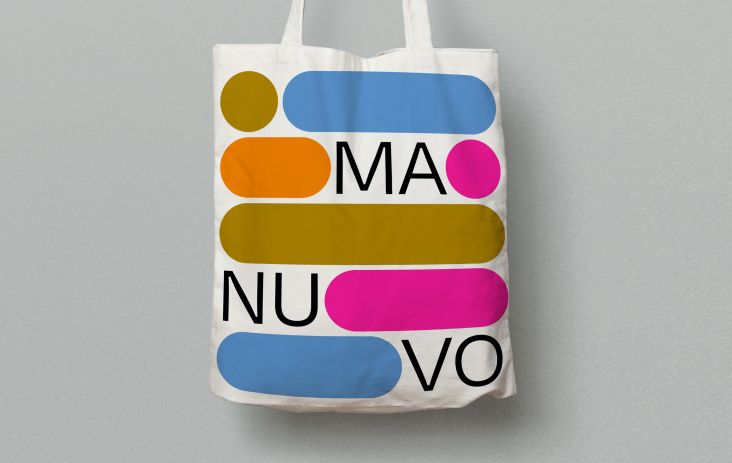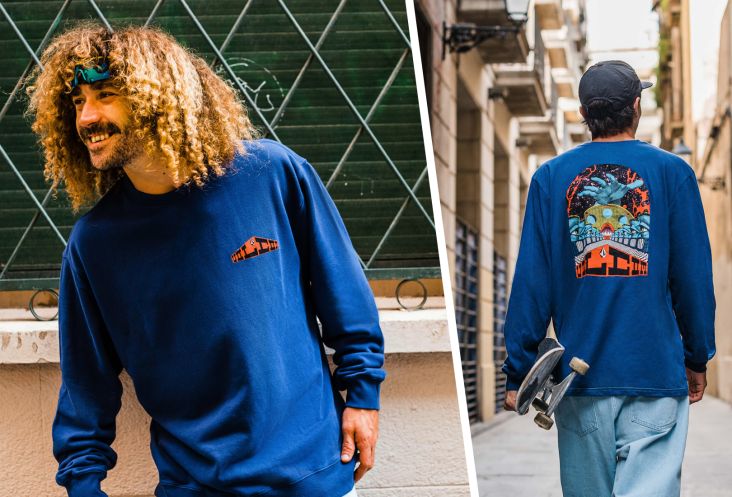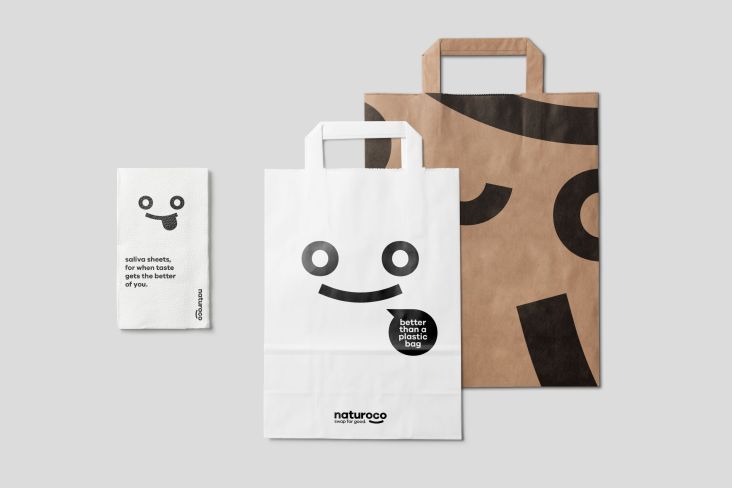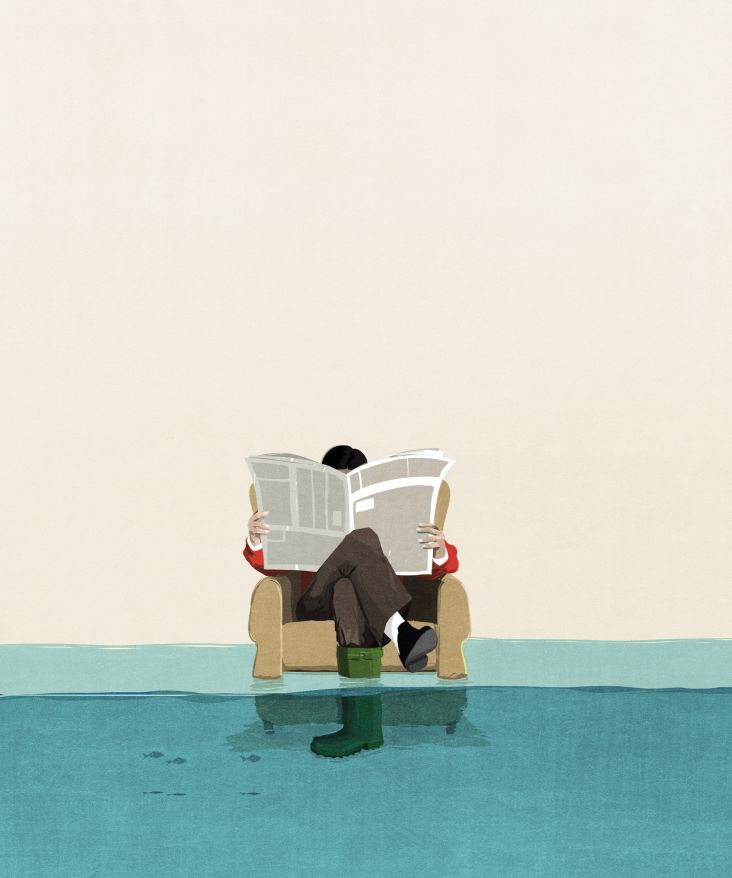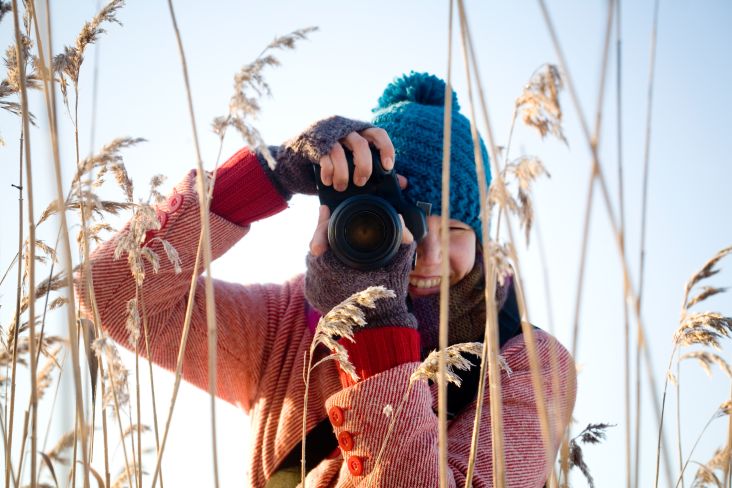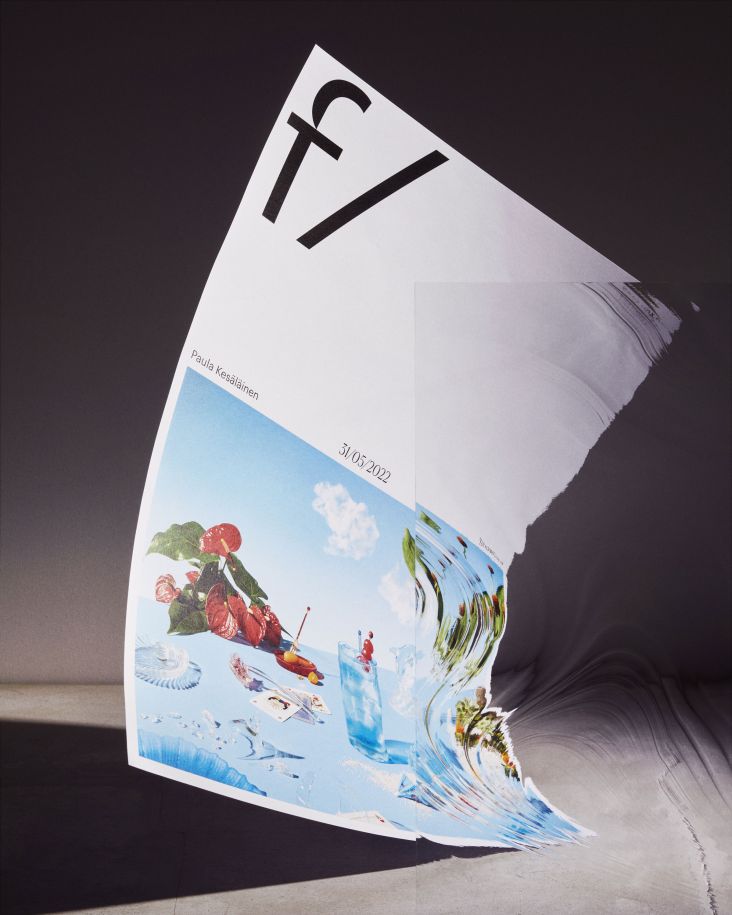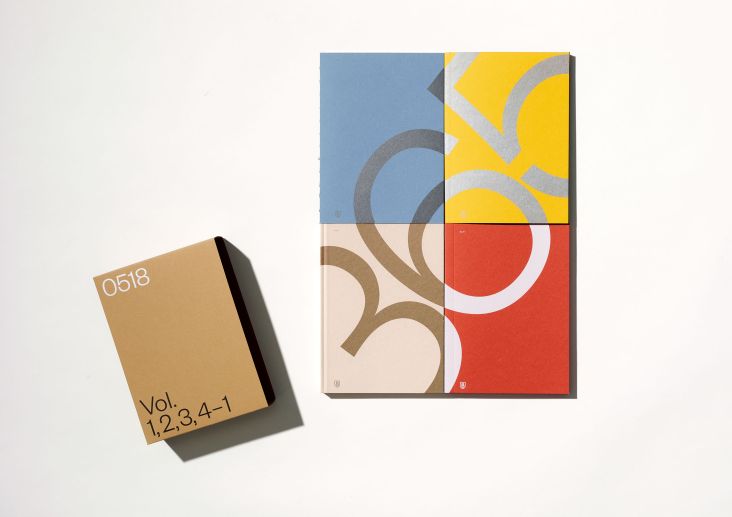Stunning artworks set in an ancient Arabian desert explore ideas of mirage and oasis
Returning this month to Saudi Arabia is a unique art exhibition set in an ancient desert region of the Arabian Peninsula, using only the natural landscape and surroundings as inspiration. Featuring works by 15 global artists, the theme for Desert X AlUla this year is Sarab, which explores ideas around mirage and oasis.
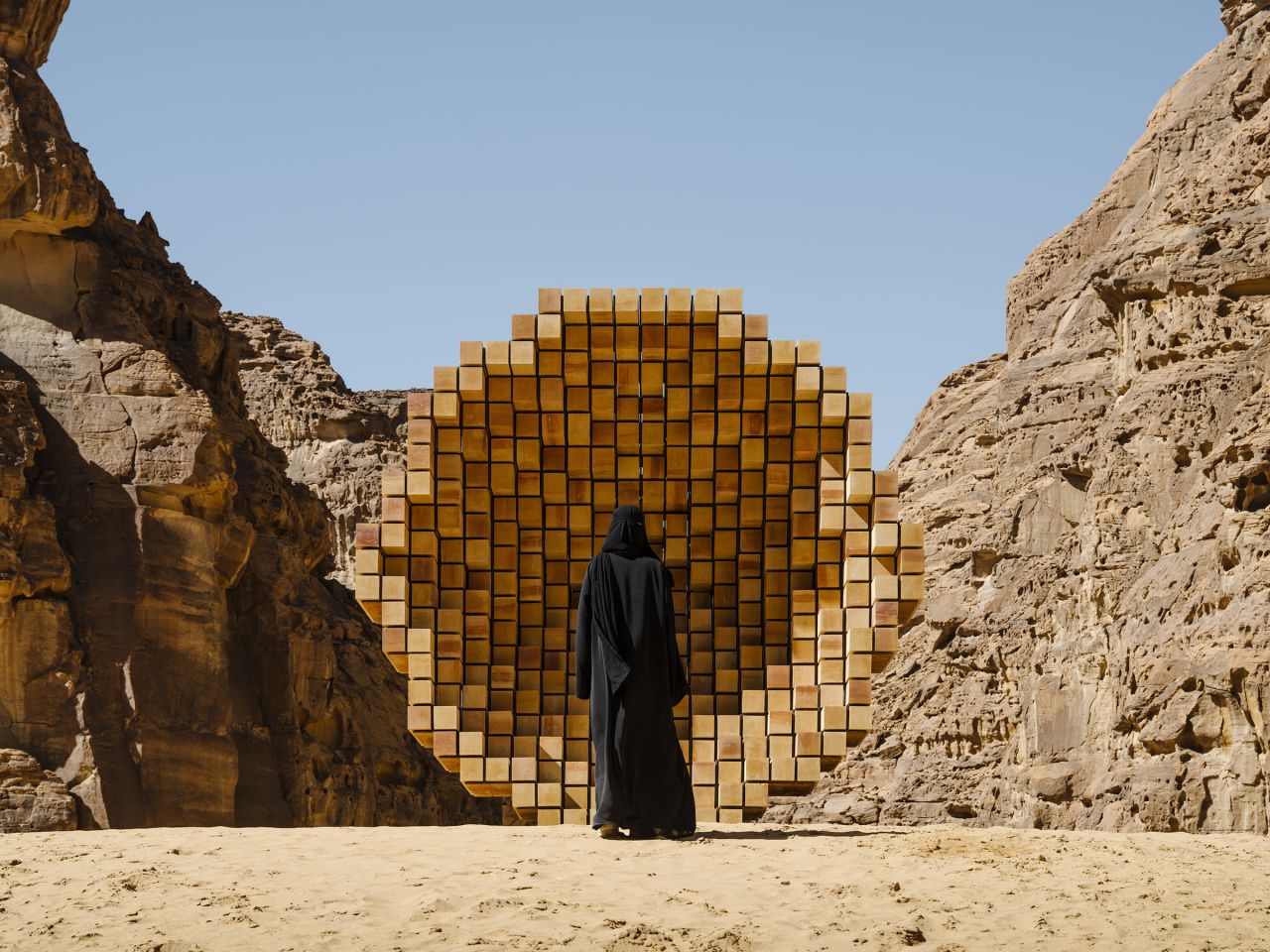
Dana Awartani Desert X AlUla 2022, photo by Lance Gerber
Curated by Reem Fadda, Raneem Farsi and Neville Wakefield, the extraordinary outdoor show is once again free and open to all, giving us an exclusive insight into desert history and culture. Set in the Al Mutadil valley, participating artists have responded to this year's theme with new works of dreams, camouflage, fiction, disappearance, extraction, illusion and myth, while also exploring the paradox between natural and human-made worlds.
As part of a collaboration between Desert X and the Royal Commission for AlUla, Desert X AlUla is the first site-responsive exhibition of its kind in Saudi Arabia. It hopes to bring artists, curators and international and local communities together in a shared vision that takes the desert as its inspiration. It builds on the legacy of Desert X, the renowned event that takes place in California's Coachella Valley every year.
Dana Awartani's sculpture draws inspiration from the vernacular architecture of AlUla, taking the form of a concave geometric sculpture that references the Nabataean tombs and mimics the shapes of surrounding mountains, gorges, caverns and rock formations. While land artist Jim Denevan has created ephemeral drawings whose interlocking patterns "speak to the shifts in magnitude and scale that so often shape our experience of the desert and our attempts to position ourselves within the vastness of unbounded space". Alicja Kwade's architectural structures, meanwhile, reflect and frame the natural artefacts she encountered on the desert floor, which she rearranged and supplemented to create changing perspectives that strike a fine line between reality and illusion.
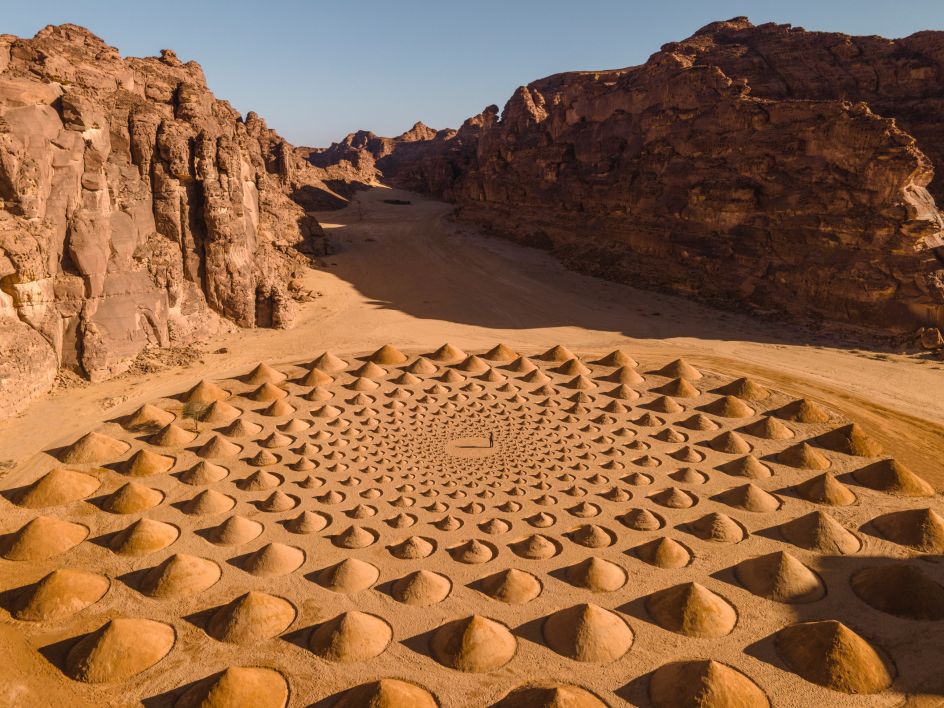
Jim Denevan Desert X AlUla 2022, photo by Lance Gerber
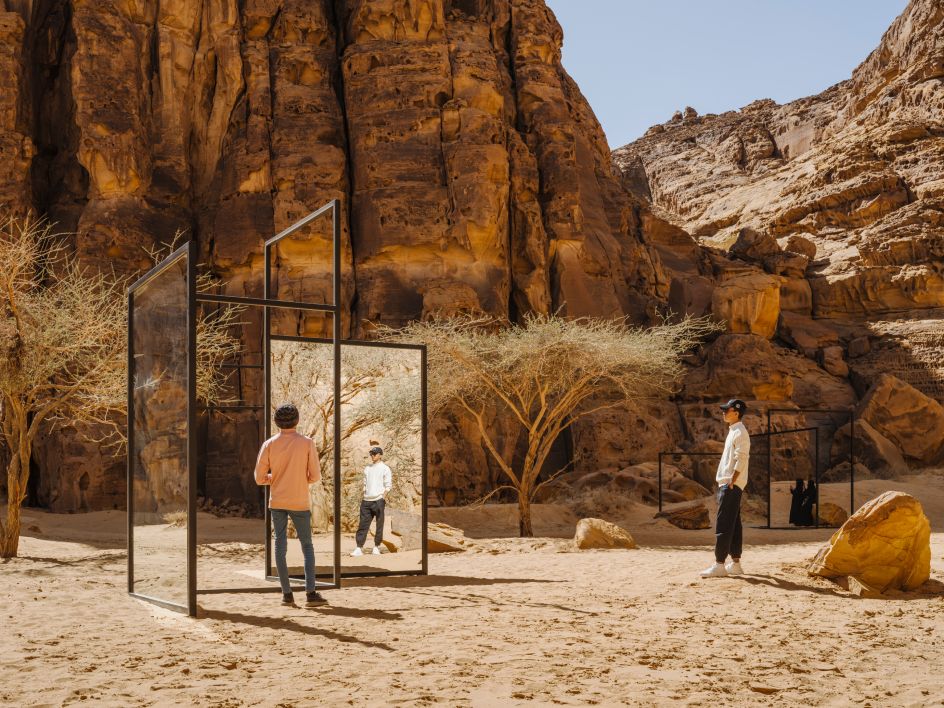
Alicja Kwade Desert X AlUla 2022, photo by Lance Gerber
Claudia Comte's work features a progression of walls imposing their architectural presence within the natural order of the AlUla canyons, with each carrying a section of a larger algorithmic pattern relating to the waveforms that shape the sound and surface of the desert. The backdrop of the orange desert and the bright blue sky only adds to the drama.
Elsewhere, Shezad Dawood's work explores ideas of deep time and the geo-biological relationship between the desert floor and the nearby Red Sea through a pair of coral-like forms whose temperature-sensitive surfaces reflect the effects of climate change and humankind's continuing struggle to find a sustainable relationship with a rapidly changing ecosystem.
Stephanie Deumer has created an underground greenhouse; hinting at the lush sanctuary of native plants below, a large puddle-shaped array of solar panels mounted flush with the desert floor creates an energy feedback loop where the energy of the sun is captured, stored and transformed through photosynthesis into growth and transformation.
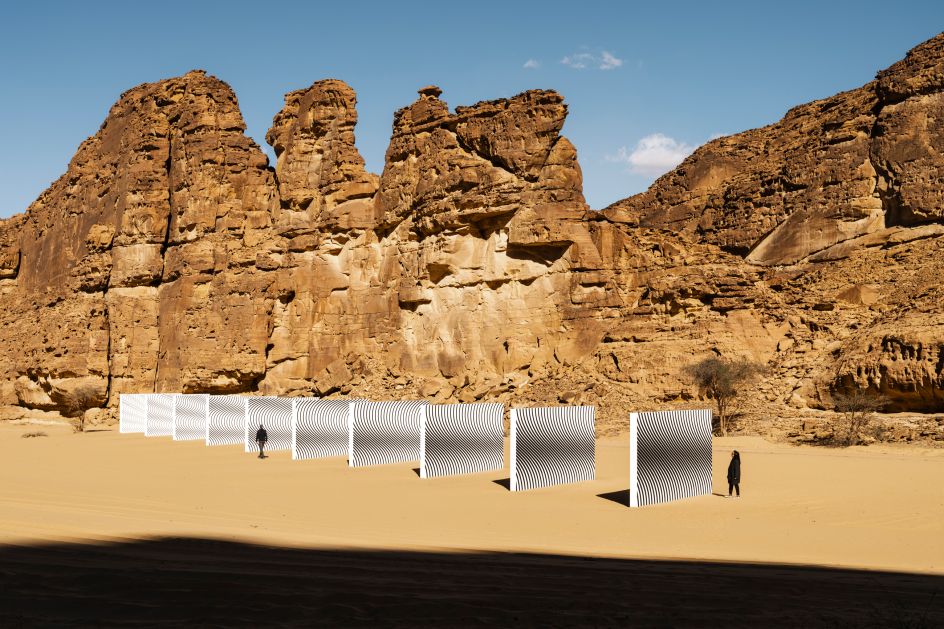
Claudia Comte Desert X AlUla 2022, photo by Lance Gerber
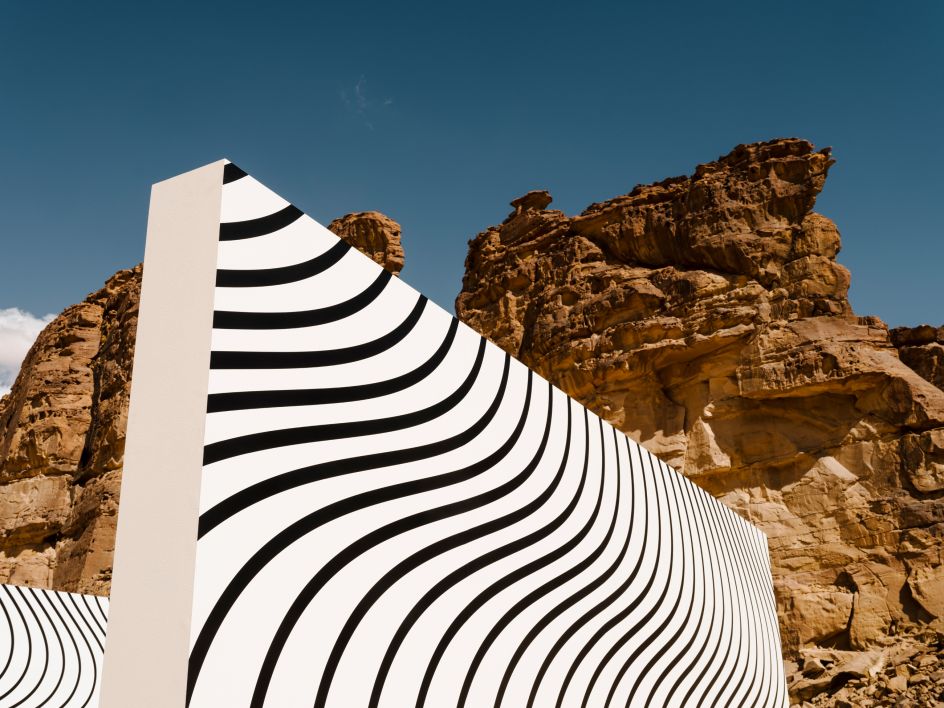
Claudia Comte Desert X AlUla 2022, photo by Lance Gerber
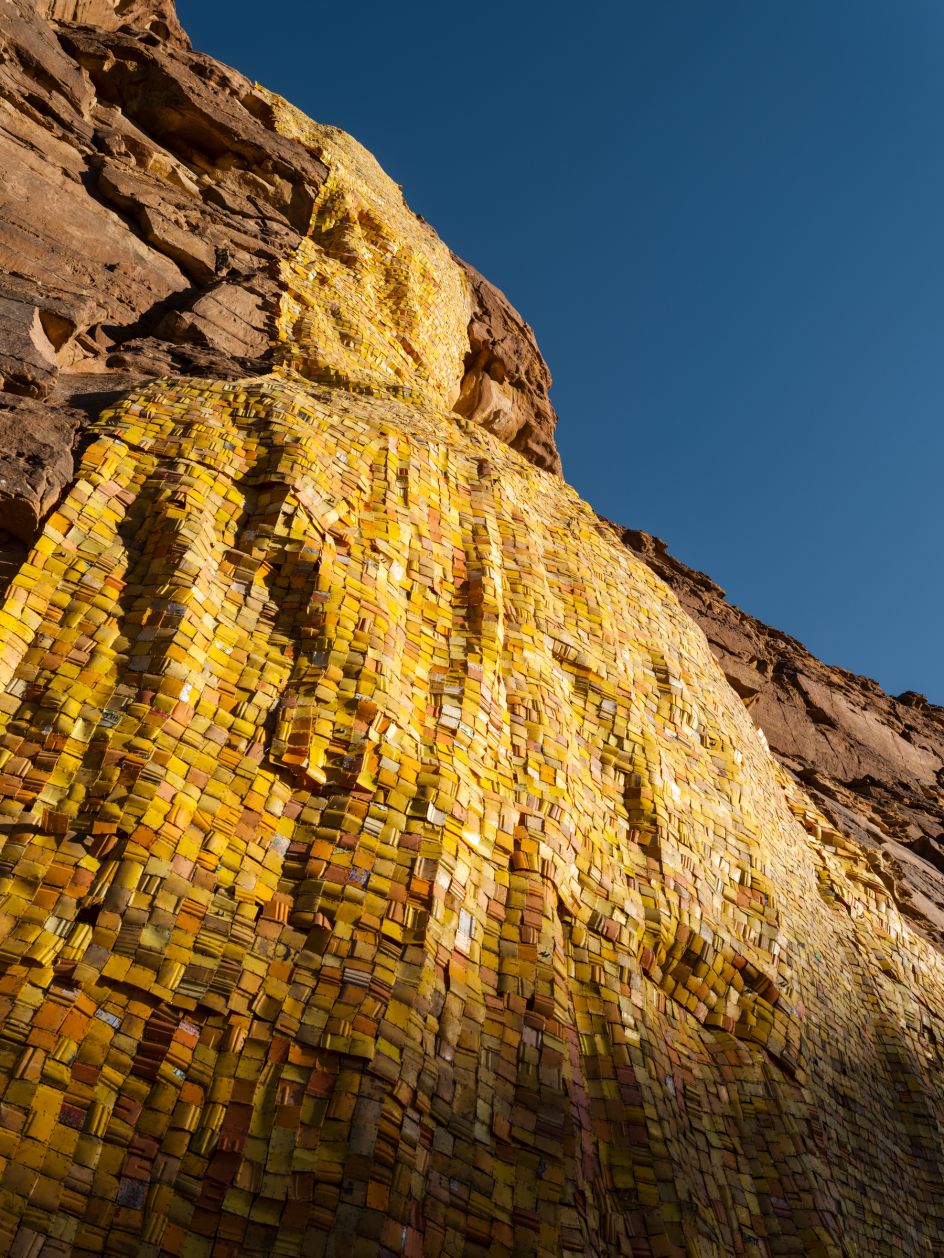
Serge Attukwei Clottey Desert X AlUla 2022, photo by Lance Gerber
Serge Attukwei Clottey's installation addresses the experience of globalisation, migration and water equity by shrouding slabs of rock in meticulously crafted tapestries made from yellow Kufuor gallons, which are plastic containers used in Ghana for storing and transporting water. While Khalil Rabah has created a mirage of an orchard of olive trees, which stand in the desert as living things displaced from their indigenous land and "longing to be repatriated, as an exploration of territory, survival and citizenship".
Ayman Zedani's unusual soundscape installation in a rocky cavern comprises horizontal sculptural wires and an audio projection of music, voices and footsteps, creating a cacophony of sounds that add to the chimes of nature. Draped down a rocky hill, the colourful wires act as roots to a large tree below.
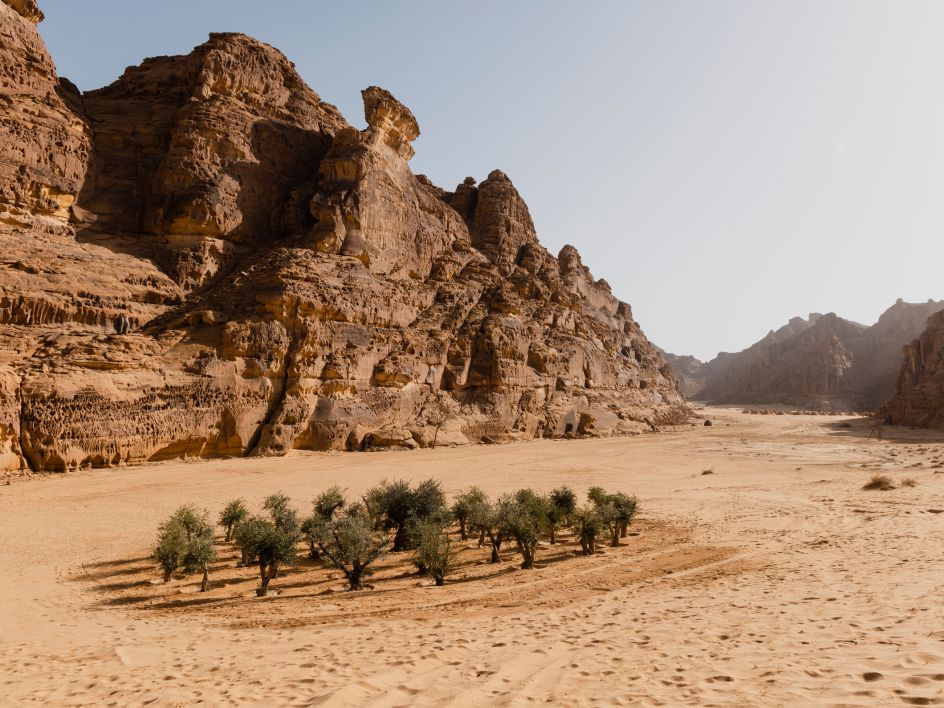
Khalil Rabah Desert X AlUla 2022, photo by Lance Gerber
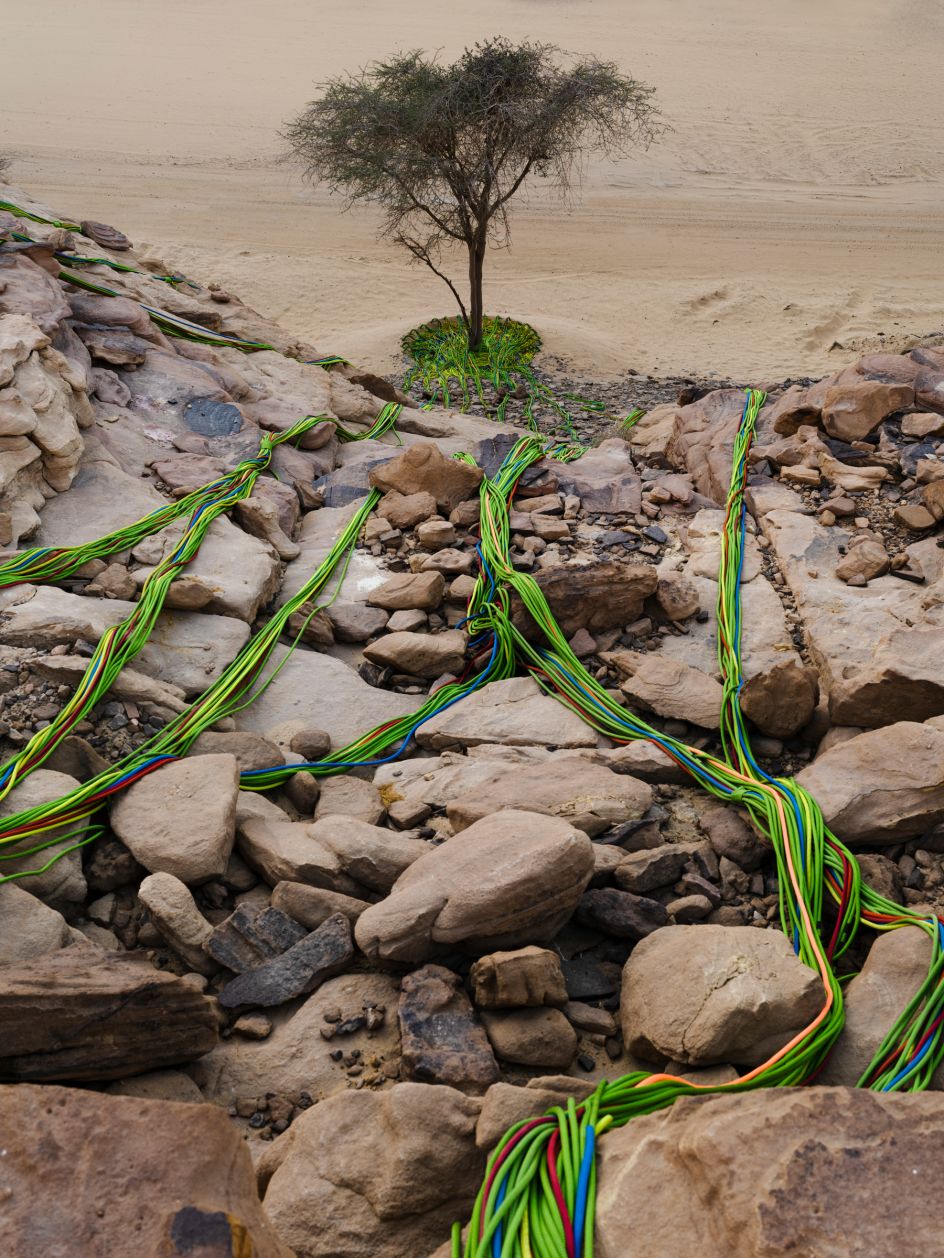
Ayman Zedani Desert X AlUla 2022, photo by Lance Gerber
"The desert concepts of mirage and oasis have long been tied to ideas of survival, perseverance, desire and wealth," says Reem Fadda from the exhibition. "The oasis pertains to ideas of finding prosperity or heaven, while the mirage is a universal symbol of the mysteries of imagination and reality.
"They also connote the incomprehensible beauty and abundance of nature in its most bereft state – the desert – and humans' obsessive desire to capture and control it. Under the theme of ‘Sarab’, the artists presented in the exhibition – all of whom have spent time in the AlUla region – have developed ambitious and strikingly innovative, site-specific responses, all of which address profound issues, that emerge from the local context but also resonate with audiences the world over."
Desert X AlUla runs until 30 March 2022. To find out more visit desertx.org




 by Tüpokompanii](https://www.creativeboom.com/upload/articles/58/58684538770fb5b428dc1882f7a732f153500153_732.jpg)


 using <a href="https://www.ohnotype.co/fonts/obviously" target="_blank">Obviously</a> by Oh No Type Co., Art Director, Brand & Creative—Spotify](https://www.creativeboom.com/upload/articles/6e/6ed31eddc26fa563f213fc76d6993dab9231ffe4_732.jpg)








